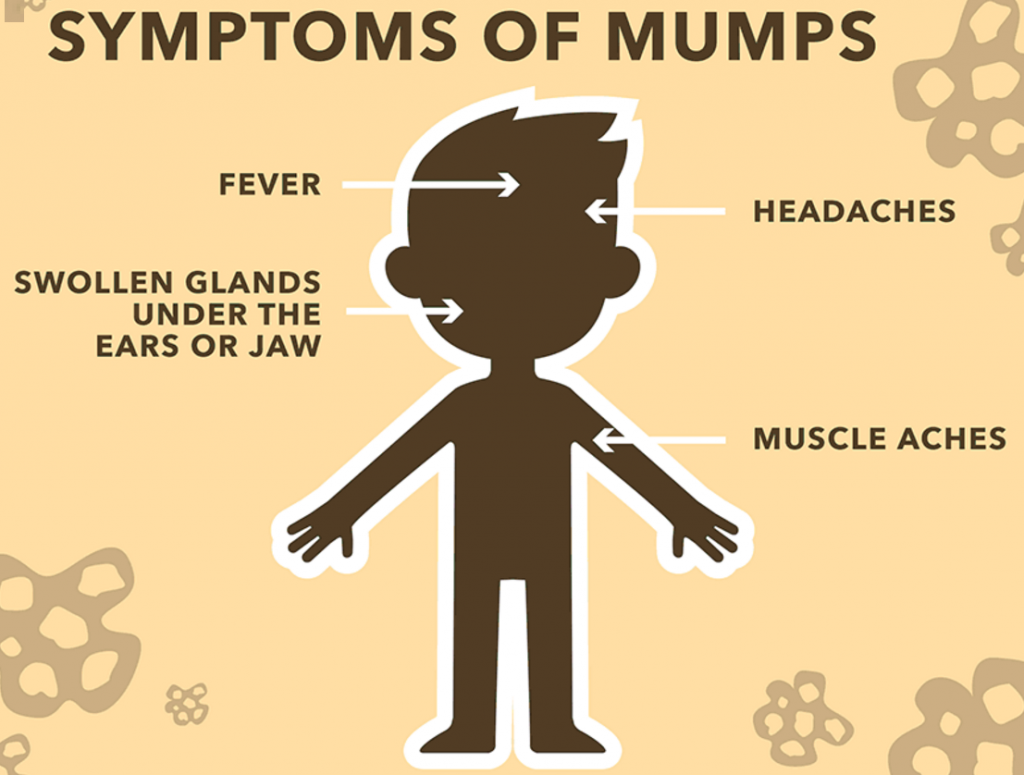The Tulsa Health Department (THD) is currently investigating an outbreak of mumps in Tulsa County. There have been 8 cases identified, 5 of which have been laboratory confirmed. One of the confirmed cases is a student at the 7th Grade Center at Owasso Public Schools.

THD health officials are following standard disease investigation and response protocols which include working with individuals who have potentially been exposed through close contact with the confirmed and probable cases. THD is working closely with Owasso Public Schools administration to ensure that students, parents and teachers who may have been exposed are notified and receive guidance on what precautions they may need to take.
Persons who may have been exposed should have their immunization status evaluated, watch for signs and symptoms, and seek medical attention as soon as symptoms suggestive of mumps begin. Additionally, THD officials are notifying area clinics and hospitals to provide clinical guidance to health care providers.
Mumps is a virus that is spread from person to person through contact with saliva or mucus from an infected person’s mouth, nose, or throat. It can be spread through coughing, sneezing, or sharing items like drinks or eating utensils. Symptoms of the mumps virus most commonly include swollen salivary glands, fever, headache, muscle aches, tiredness, and loss of appetite. Symptoms usually appear around 16-18 days after exposure to someone who is contagious with the virus. A person can spread the mumps virus two days before through five days after symptoms begin, therefore it’s important for those individuals to stay home from work, school or childcare until at least five days after their salivary glands begin to swell.
There is no specific treatment for the mumps virus, and most people recover within a few weeks without medical care. However, it can cause serious complications in persons with compromised immune systems or for those who are unable to receive the vaccine.
“Mumps is easily spread from person to person,” said Executive Director Dr. Bruce Dart. “The best way to prevent the mumps virus is to receive the measles, mumps, rubella (MMR) vaccine – and encourage others to receive the MMR vaccine as well. Maintaining the highest possible level of immunization in the community can prevent mumps.”
It is recommended that children receive one dose of the MMR vaccine at 12-15 months of age, and a second dose at four to six years of age. Adults should receive the vaccine if they have not been previously vaccinated. Adults born before 1957 are generally considered to be immune to mumps and do not need to receive the MMR vaccine.
THD recommends that residents check their vaccination status to determine if they are protected from the mumps virus. Vaccination records may be obtained through at www.tulsa-health.org/shotrecords, or through your private healthcare provider. If a vaccinated person does get the mumps virus, they will likely have a less severe illness than an unvaccinated person.
The MMR vaccine is available at the Tulsa Health Department and may also be available at your doctor’s office or local pharmacy. Immunizations are available on a walk-in basis Monday through Thursday 8:00 a.m. – 4:00 p.m. and Friday 8:00 a.m. – 3:00 p.m. at the following Tulsa Health Department locations:
- James O. Goodwin Health Center | 5051 S. 129 E. Ave., Tulsa, OK
- Central Regional Health Center | 315 S. Utica, Tulsa, OK
- North Regional Health and Wellness Center | 5635 N. Martin Luther King Jr. Blvd., Tulsa OK
Immunizations are also offered at these locations:
- Collinsville Community Health Center | 1201 W. Center, Collinsville, OK
Call (918) 596-8650 for clinic dates and times - Sand Springs Health Center | 306 E. Broadway, Sand Springs, OK
Call (918) 591-6100 for clinic dates and times

